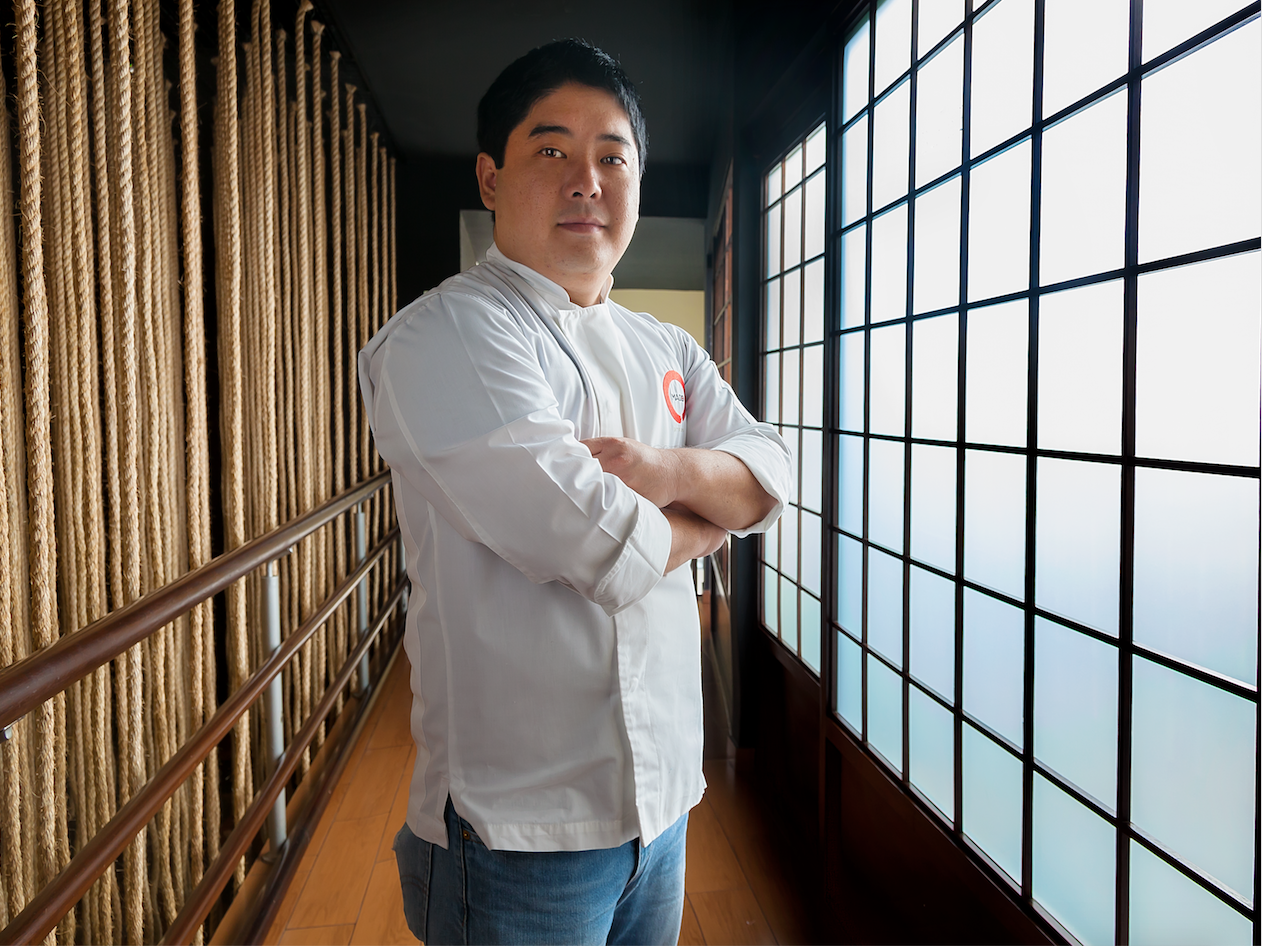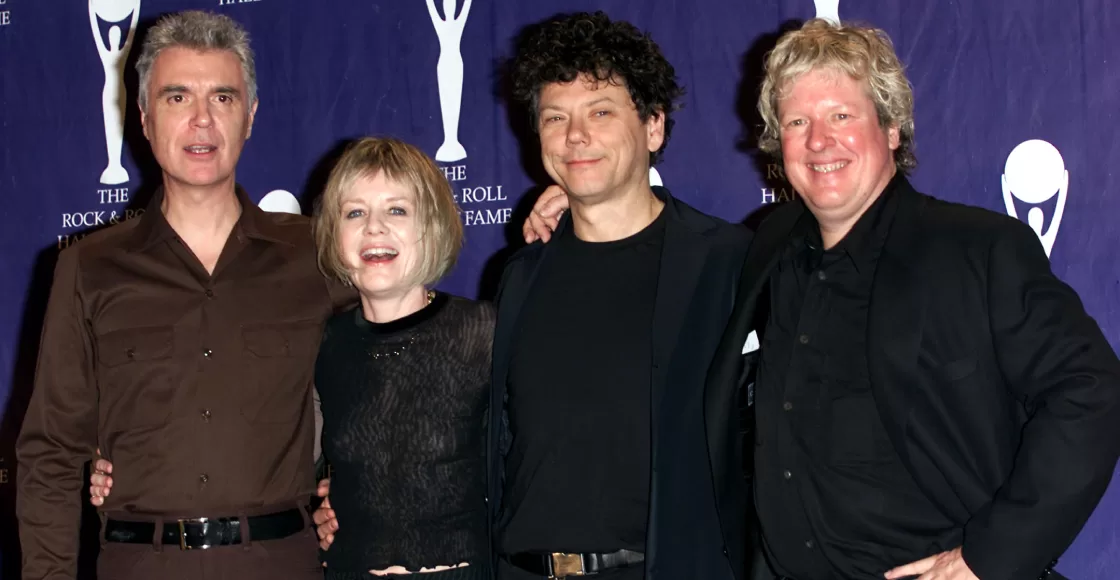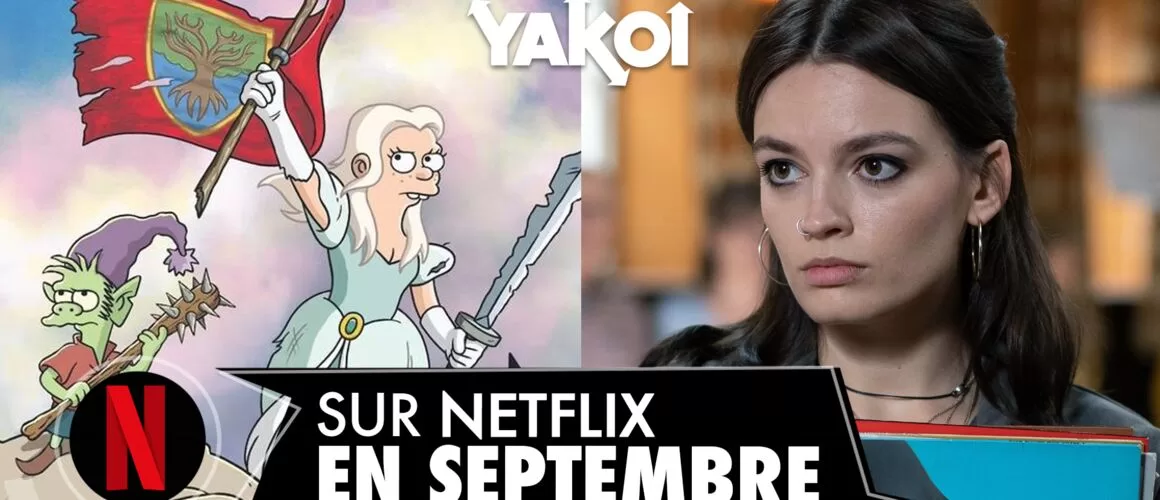Days after that award, Micha visited Argentina to cook with his colleague Gabriel Oggero —first in his restaurant Crizia and then in a winery in Mendoza—, in two dinners that dazzled with the originality and personality of their cuisine.
“They’re like slaps in the face when you’re eating,” says Micha about his dishes, who, as a regular gastronomic tourist in Buenos Aires, highlights the advancement of seafood on the menu, while pointing out cultural differences, like the fact that the cevicherías open at night, a situation that never ceases to surprise him. Behind this custom is the false belief —still widespread today— that lemon cooks fish (which is why, before, it was prepared during the day and left in the sun). Micha talks about this type of myth, as well as his history and tastes in this interview.
And then it became a job…
Yes, but at that time being a cook was not the first option you had. What’s more, it wasn’t an option to be proud of: people even made fun of you if you told them you were going to be a cook. But my father supported me. What’s more, he told me: “I see that you cook a lot, that you like to be in the kitchen”, and he asked me if he had thought about being a cook. I liked it, but I didn’t see it as a profession. And it was he who pushed me to study cooking and practice it.
Your father was a big influence, wasn’t he?
If you ask me who is the person I admire the most in the world, it’s my dad. Because of his philosophy of life and work, because he made himself from scratch. He sold sewing machines in Chicago and came to Peru to work at an uncle’s travel agency. Later he had his own travel agency, which today is one of the top three in the country, and he was even awarded the Order of the Rising Sun by the Emperor of Japan for his work to promote Japanese tourism to Peru.
Like your dad, you also started from scratch and today your restaurant is in 6th place out of the 50 best in the world…
Yes, exactly. But I had a lot of support from my father and from Gastón (Acurio). Gastón supported me a lot, me and other chefs. He guided me. At first he cost me, since nobody knew me. But what I had to overcome first is people understanding what I was doing. Maido was not a sushi restaurant, it was not a Peruvian restaurant. “What are you?” they asked me. “It’s Nikkei cuisine.” “And what is nikkei?” Today there is a lot of talk about Nikkei cuisine, but before nobody named it. In Peru you ate Nikkei cuisine all the time, but you didn’t know it. Soy sauce is in the pantry of Peruvian cuisine and in all Peruvian restaurants there is a wok present. We have an Asian influence embedded in our culture, which is in the lomo saltado, in the octopus in olive oil, in the tiraditos and in the ceviche itself. They are all dishes that have been intervened in some way by the Japanese or Chinese. Today I think I have decapsulated myself from pure Nikkei. I do what I think is good, what I think works, that is tasty, fun, and new.
How do you define your kitchen?
First, it’s my kitchen, it’s my world. It started out very Japanese and today it ends up being very influenced by everything Peruvian. With some Japanese techniques and winks, but I don’t classify myself as whether it is Peruvian-Japanese or if it has a bit of Korean, Chinese or French. I could say that I make creative Peruvian cuisine and that my style is to bring very powerful flavors. It is not a shy kitchen, but very tasty, very marked in flavors, textures… As I say, they are like slaps when you eat.
Has your career had a turning point?
I think the event we did in Peru: Mixture. And then Masticar came, we inaugurated the first one here with Gastón. For Mixtura, I was in charge of setting up the market, for which I traveled through all the regions of Peru —coast, mountains, jungle— to look for products. That made me know more about the wonderful biodiversity that we have in Peru. And all that I was incorporating into my kitchen.
Is there a product that identifies it?
Peru is marked by chili peppers, which are the basis of our cuisine. But we do not use them to add spiciness, but flavor. The most important base is that of yellow chili. With that you can travel the world making Peruvian cuisine, because the essence and DNA of Peruvian cuisine is in chili peppers.
Buenos Aires is full of Peruvian cuisine restaurants, how do you see them?
I believe that Peruvian cuisine has contributed a lot to the consumption of seafood in Argentina. Starting with La Mar or Osaka, and with the Peruvian neighborhood restaurants that are everywhere. But something that I see here that does not happen in Peru is that in Buenos Aires the cevicherías open at night.
Why doesn’t that happen in Peru?
Peruvians do not eat ceviche at night, it is a cultural-historical issue. Before, ceviche was marinated and left out all day, thinking that the lemon was going to cook the fish. But the lemon does not cook the fish, it only changes the texture. The only thing that cooks is fire, heat. People made ceviche at 10 in the morning, left it out, and ate it at 7 at night. And that fish was not in optimal condition and people were getting sick. That is why in Peru ceviche is made by the minute, at the moment, because the real problem is that it does not stay out of the cold for a long time.
Do you usually cook yourself?
Bit. I only cook for myself out of necessity and if I have time, if not I order food or eat elsewhere. You don’t cook for yourself, you cook for others. Otherwise, I find no pleasure in it.




